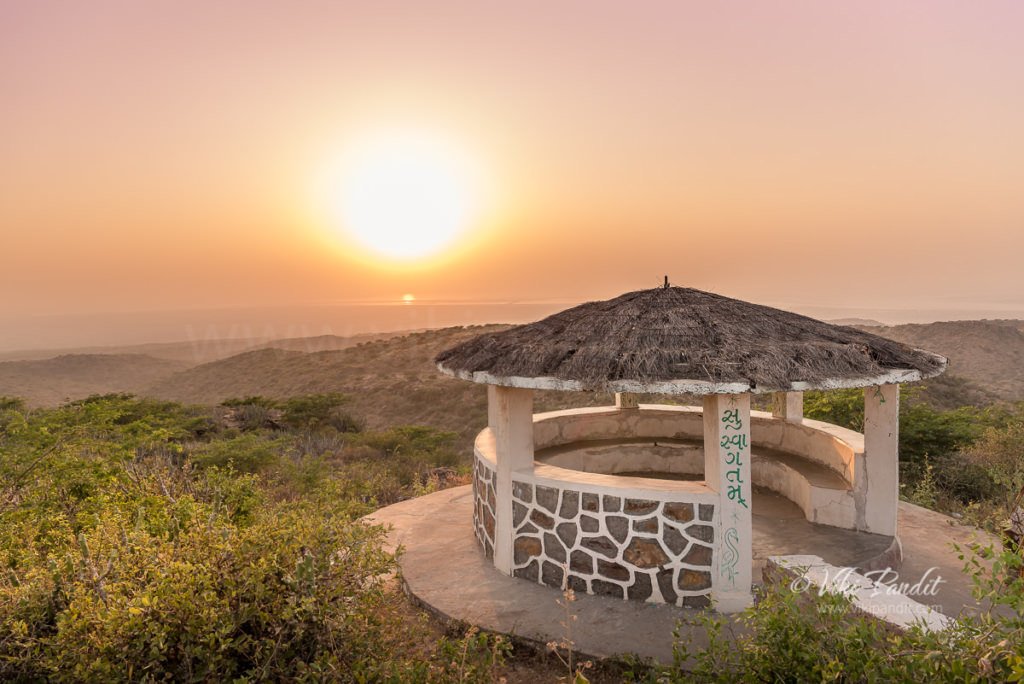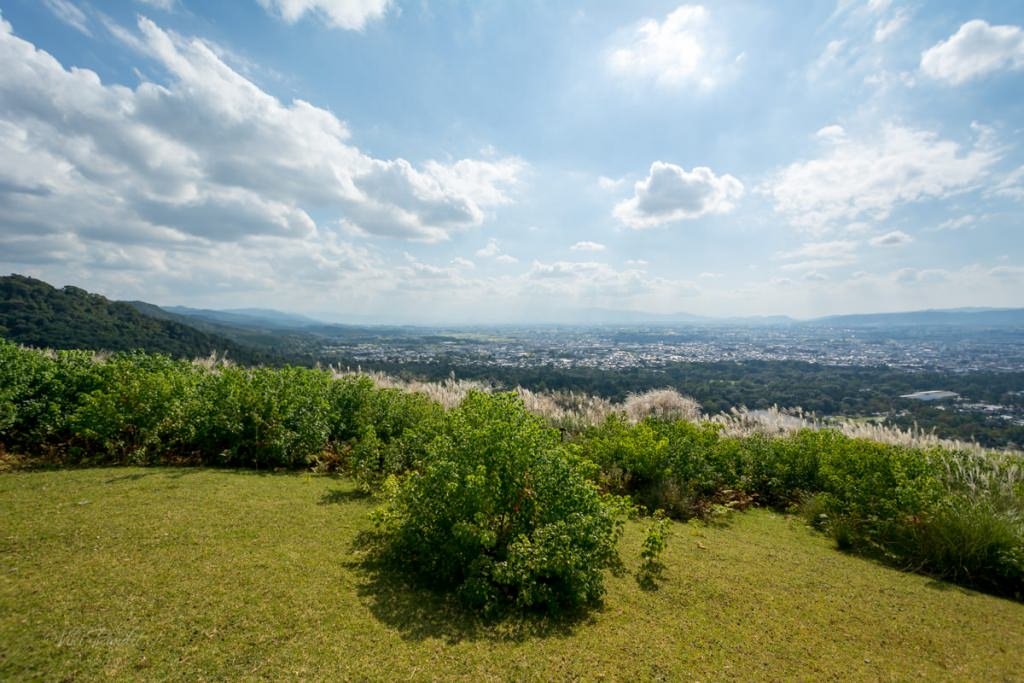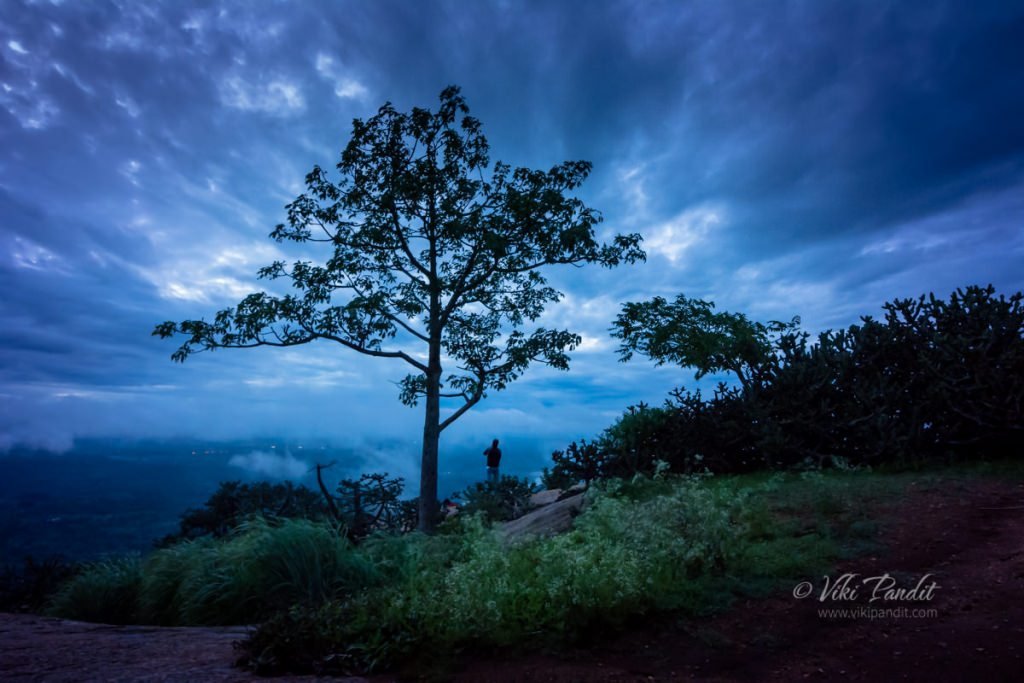

Ride to Kalo Dungar
We ride out deep into the desert to explore Kalo Dungar also known as the Black Hill. Kalo Dungar is the highest point in Kutch and the best place to enjoy a panoramic view of the amazing Rann of Kutch. Though not literally black, the hill is known so because in olden times, the merchants returning to Kutch from Sindh used to be guided by this lonesome hill in the grim desert, which used to appear black because of the shadow cast by the sun.


